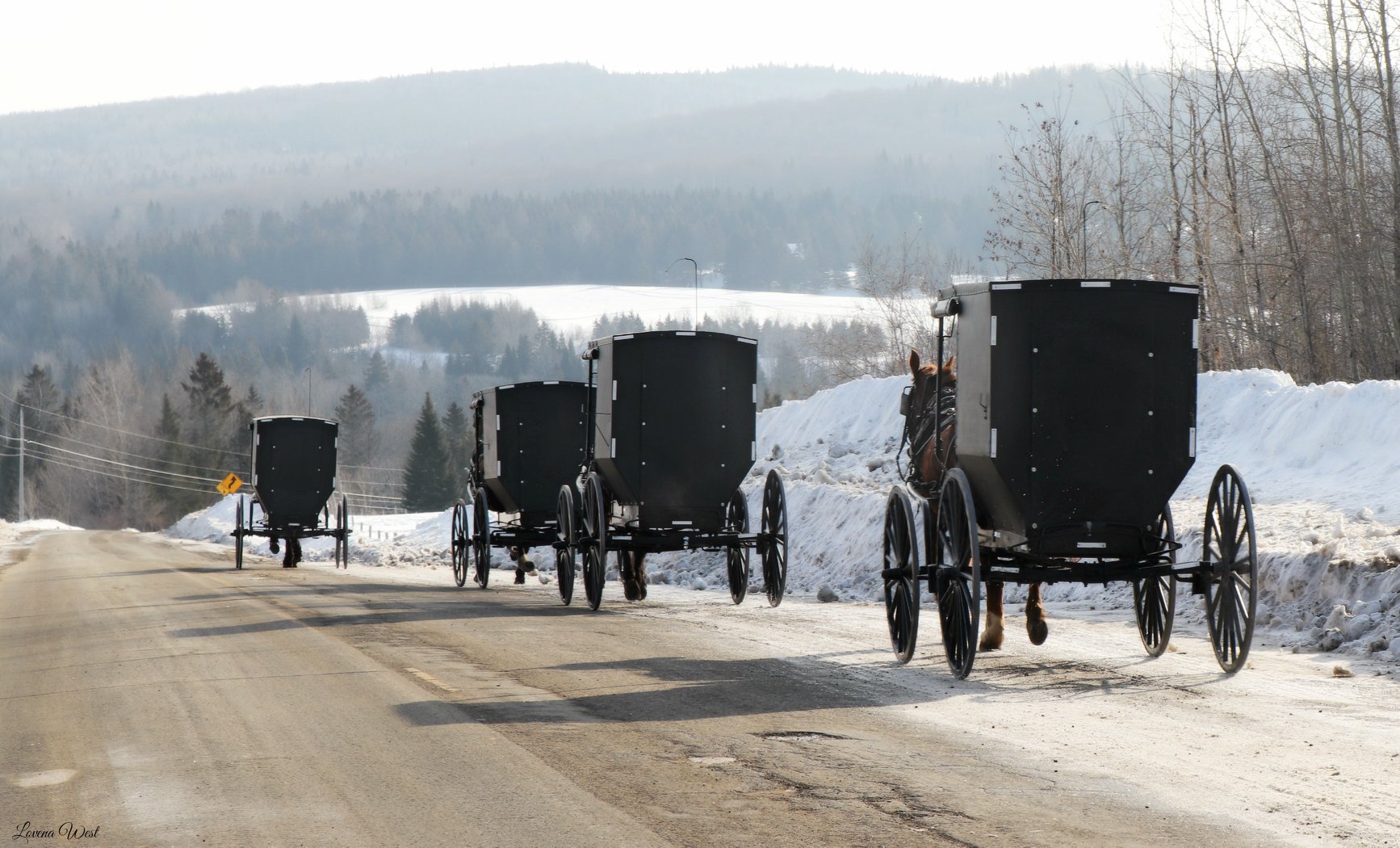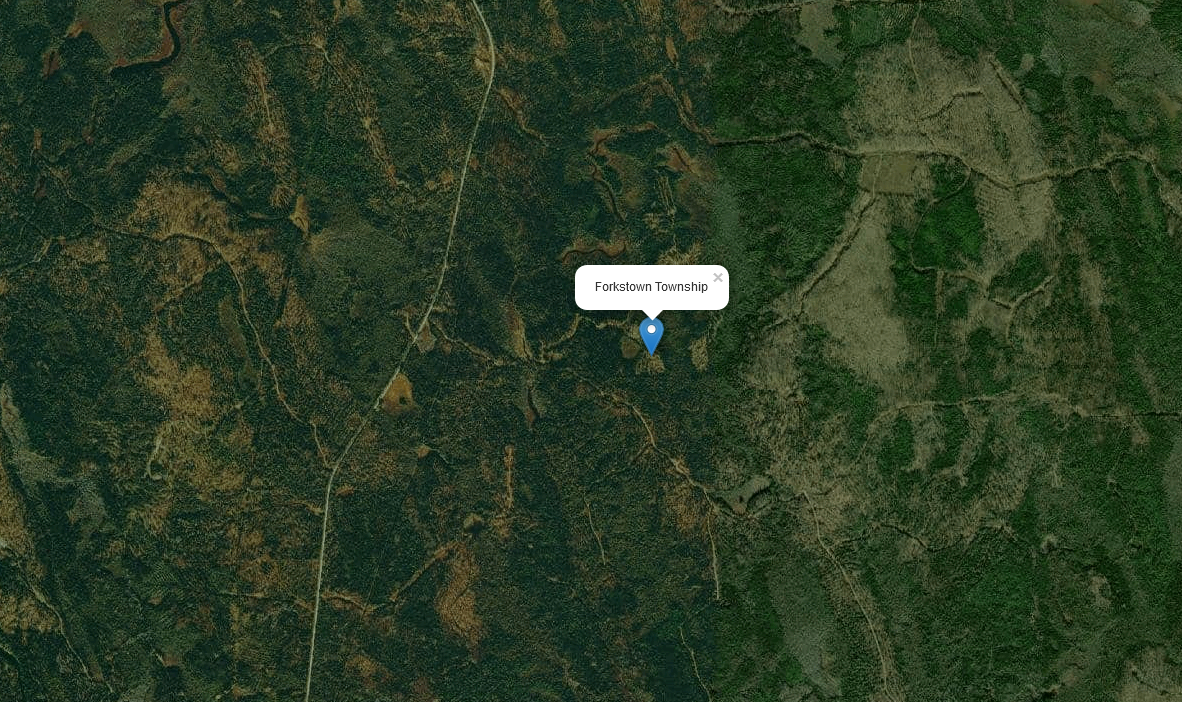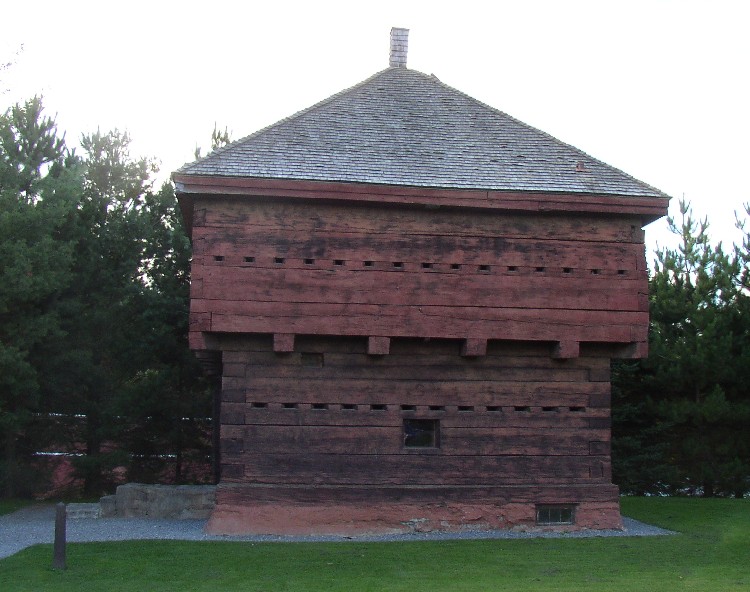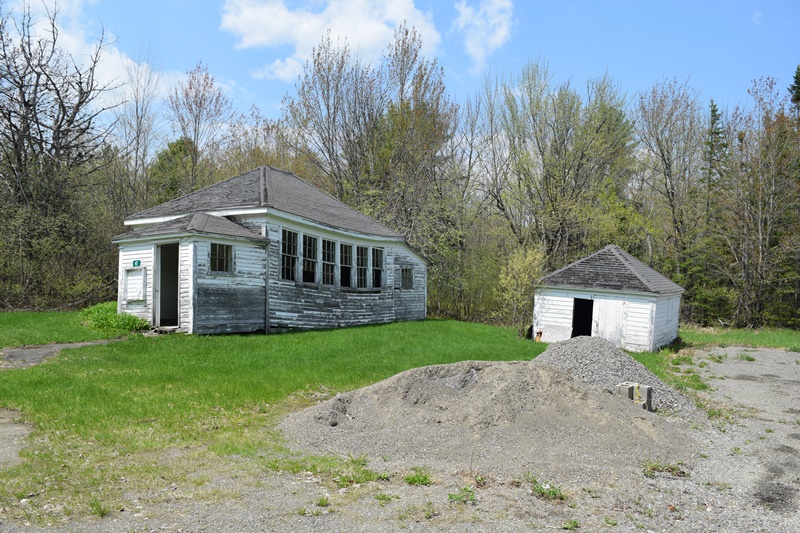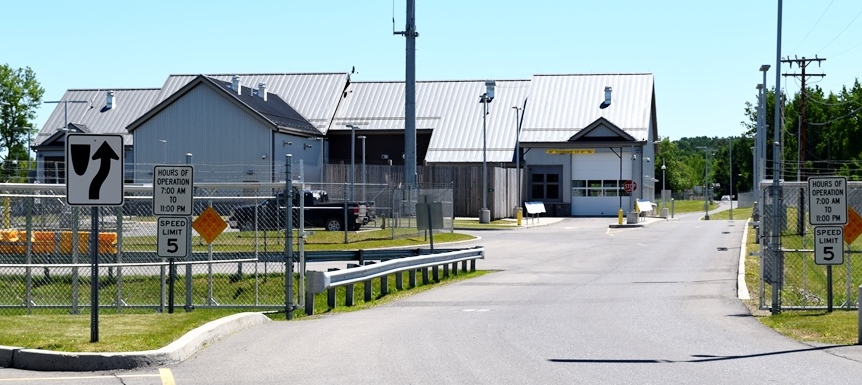
Eagle Lake
Eagle Lake is a town in Aroostook County, first organized for election purposes on July 11, 1859, from the township T16 R7 WELS. After many organizations and reorganizations, it was incorporated as a town on March 16, 1911. (Not to be confused with Eagle Lake Township in Piscataquis County.) Settled in the 1840s by Acadian-French and Irish immigrants, it was named for the many eagles at the Lake by a Major Strickland traveling north from Bangor during the Aroostook War period.

